Styrene-Butadiene Rubber (SBR): Properties, Derivatives, and Applications
Styrene-Butadiene Rubber (SBR) is one of the most widely used synthetic rubbers in the world, valued for its versatility, durability, and affordability. From automotive tires to construction materials and consumer goods, SBR has become an indispensable material in various industries.
In this article, we’ll explore what makes SBR unique, its derivatives, and its extensive range of applications.
What is SBR?
Styrene-Butadiene Rubber is a synthetic polymer made from the copolymerization of styrene and butadiene. Its unique properties make it a preferred choice for applications requiring abrasion resistance, elasticity, and cost-effectiveness. SBR is commonly used as a substitute for natural rubber due to its better aging and heat resistance.
Key Properties of SBR
- Abrasion Resistance
SBR offers excellent resistance to wear and tear, making it suitable for products exposed to high friction and heavy use. - Elasticity and Flexibility
With high elasticity, SBR is ideal for dynamic applications that require materials to maintain their shape and performance under stress. - Heat and Aging Resistance
SBR outperforms natural rubber in its ability to withstand high temperatures and resist aging caused by sunlight and ozone exposure. - Cost-Effectiveness
SBR is an economical alternative to natural rubber, providing similar performance at a lower cost.
Derivatives of SBR
SBR can be produced and modified in different ways to enhance its properties for specific applications:
- Emulsion SBR (e-SBR)
Produced through emulsion polymerization, e-SBR is widely used in the tire industry and for general-purpose rubber products due to its affordability and abrasion resistance. - Solution SBR (s-SBR)
Solution polymerized SBR provides superior performance in high-performance tires, adhesives, and impact-resistant goods due to its enhanced strength and low rolling resistance. - Modified SBR
By incorporating additives or blending SBR with other materials, its properties can be tailored for applications requiring high-impact resistance, flexibility, or enhanced aging resistance.
Applications of SBR
The versatility of SBR makes it a key material in various industries:
- Tire Manufacturing
SBR is extensively used in car tires, especially for treads and sidewalls, where its abrasion resistance and durability improve tire performance and lifespan. - Industrial Goods
Conveyor belts, hoses, and seals made from SBR are known for their ability to withstand mechanical stress and harsh environments. - Construction
SBR is a vital component in flooring, waterproof membranes, and sealants, offering impact resistance and durability. - Consumer Goods
Products like footwear, yoga mats, and sporting goods benefit from SBR’s flexibility and shock-absorbing properties. - Adhesives and Coatings
SBR is used in pressure-sensitive adhesives and coatings, where its flexibility and resistance to peeling are highly valued.
Why Choose SBR?
Styrene-Butadiene Rubber strikes a perfect balance between cost-effectiveness and performance, making it an essential material for industries seeking reliable, durable, and affordable solutions. Its adaptability to different applications and ability to be modified for enhanced performance ensure its relevance across diverse sectors.

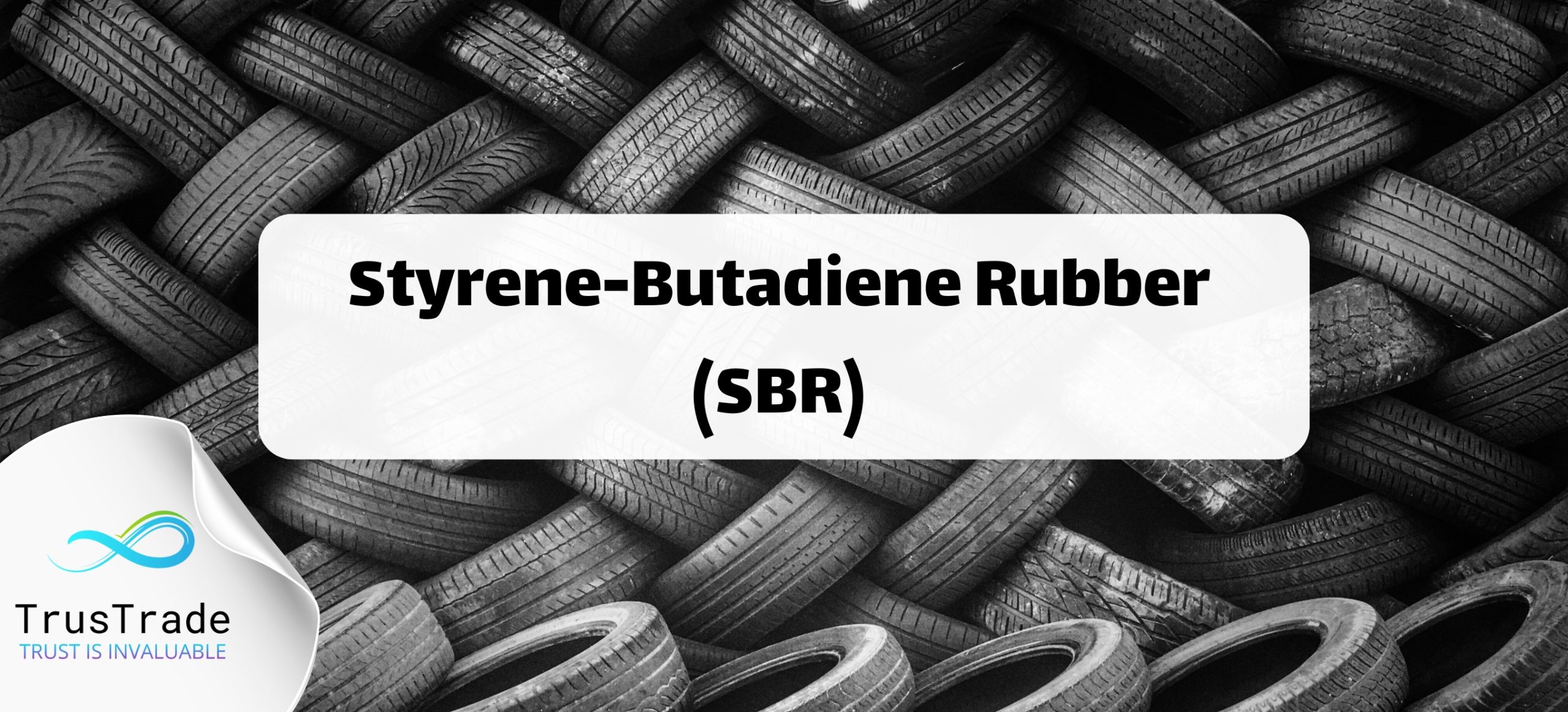

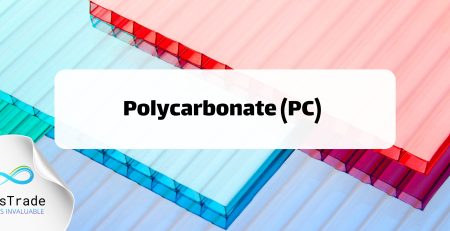
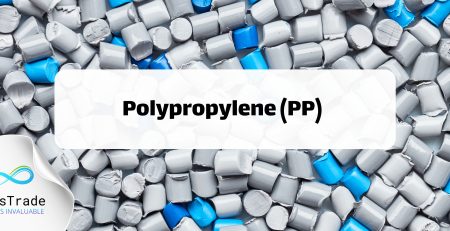
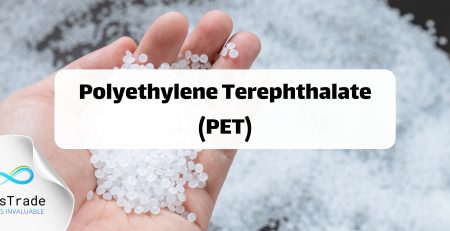
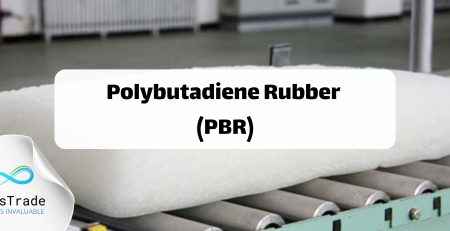
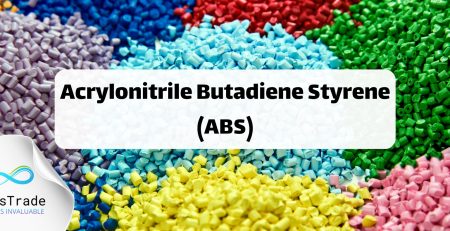
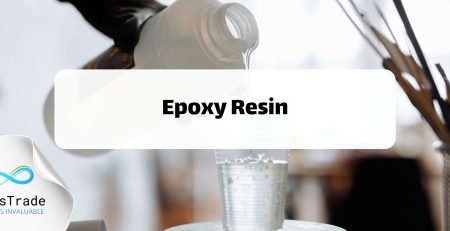

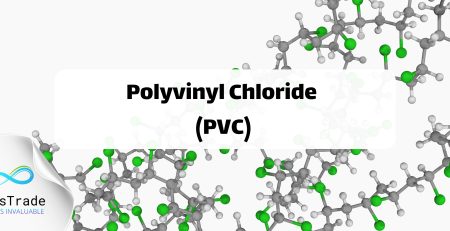
Leave a Reply